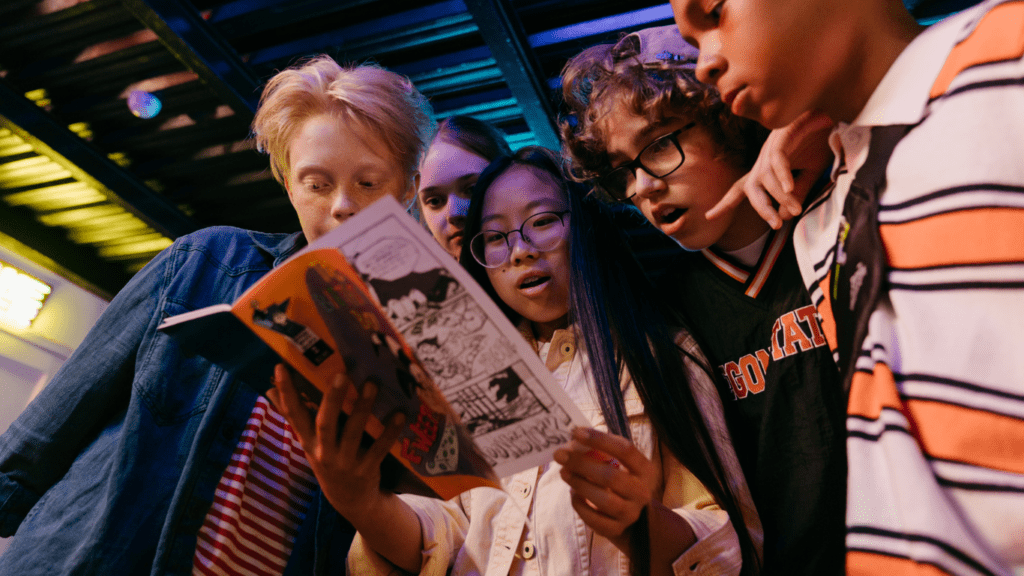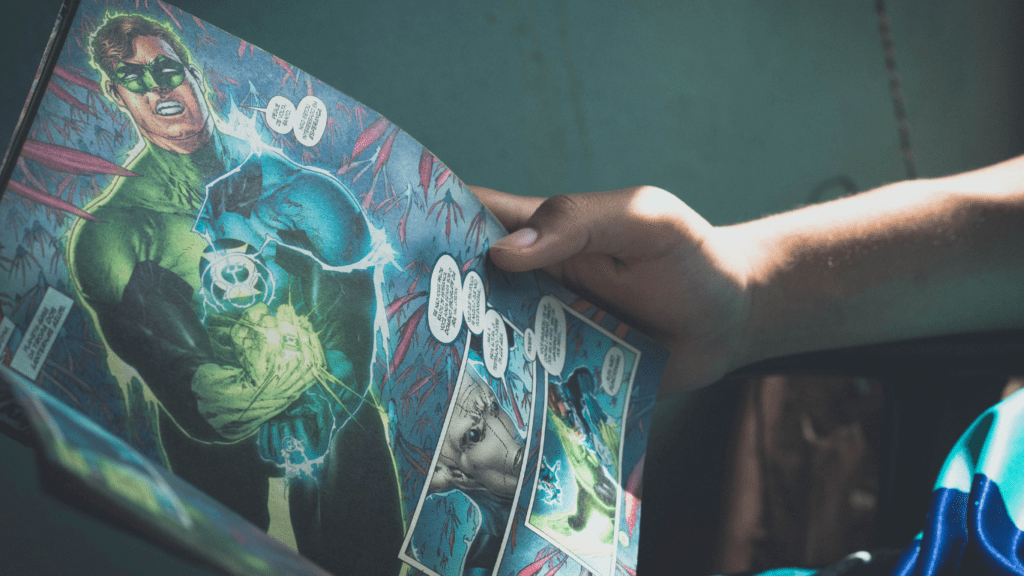As a passionate gamer and comic book enthusiast, I’ve witnessed a fascinating evolution in modern storytelling where the worlds of popular games and comic books collide. The impact of popular games on modern comic book storylines has been nothing short of revolutionary.
From iconic characters crossing over to entire plotlines being influenced by gaming narratives, the synergy between these two mediums has opened up a realm of endless possibilities for creators and fans alike. As I delve into the intricate connections between beloved video game franchises and the colorful pages of comic book adventures, it’s evident that this cross-pollination has reshaped the way we experience and engage with narratives in both realms.
Join me on a journey through the dynamic landscape where pixels meet ink, as we explore how the influence of popular games has left an indelible mark on the ever-evolving tapestry of modern comic book storytelling.
Exploring the Influence of Popular Games on Comic Books
As I delve into the realm where pixels meet ink, it’s fascinating to see how popular games have significantly impacted modern comic book storytelling. Let’s examine how these games have shaped the narratives and artwork within comic books.
The Rise of Video Games Influence
Video games have undeniably risen to become a powerful force driving innovation in comic book storytelling. With iconic characters seamlessly crossing over from screen to page, the influence of popular games on comic books is more prevalent than ever. For instance, characters like Lara Croft from the “Tomb Raider” game series have transitioned into compelling comic book protagonists, captivating audiences in new, interactive ways.
Key Changes in Narrative and Artwork
The influence of popular games on comic books has brought about key changes in both narrative structure and artwork styles. Storylines within comic books now mirror the immersive and diverse narratives found in video games, offering readers a more interactive and engaging experience. Additionally, artists have been inspired by the visually stunning graphics of popular games, leading to a shift towards dynamic and visually captivating artwork in modern comic book illustrations. The fusion of gaming elements into the comic book world has undoubtedly redefined the boundaries of storytelling and artistic expression.
Case Studies: Video Games Turned Comic Adaptations

In examining the integration of popular video game narratives into comic book storylines, I delve into specific cases that exemplify this trend. Below are two notable instances where video game series have successfully transitioned into comic adaptations, enriching the comic book world with their captivating characters and immersive storytelling.
- The Witcher Series
Diving into “The Witcher” series, I explore how this popular video game franchise has expanded its captivating narrative into the realm of comic books. With its rich lore and complex characters, “The Witcher” seamlessly translates its world of monster hunters, magic, and political intrigue onto the pages of comics, providing fans with a new medium to experience the adventures of Geralt of Rivia. The comic adaptations not only enhance the existing lore of the game but also offer unique storylines that further enrich the already vast universe of “The Witcher.” - Assassin’s Creed Comics
In the realm of video game adaptations, the “Assassin’s Creed” series stands out for its successful transition into the world of comic book storytelling. Known for its historical settings, intricate plots, and skilled assassins, “Assassin’s Creed” brings its engaging gameplay and compelling narratives to the comic book audience. Through the comics, readers can delve deeper into the lives of iconic assassins like Ezio Auditore and explore historical periods in a visually stunning and narrative-rich format. The “Assassin’s Creed” comics extend the immersive experience of the games, expanding the franchise’s universe and offering fans a new way to engage with the captivating world of assassins and Templars.
Analysis of Character Development and World-Building
I’m excited to delve deeper into how the rich backstories of popular video game characters have influenced the development of comic book characters. Let’s explore how gaming elements used for world-building have seamlessly transitioned into the realm of comic books, creating a dynamic storytelling landscape.
Gaming’s Rich Backstories Influencing Comic Book Characters
Drawing from the intricate backstories of video game characters like Lara Croft from the “Tomb Raider” series, comic book creators have been able to infuse new life into their own characters. The depth and complexities seen in gaming protagonists have paved the way for more nuanced and layered comic book heroes and villains. These influences result in characters that resonate with audiences on a deeper level, tapping into the immersive storytelling techniques that have become synonymous with popular video games.
World-Building Elements from Games Adopted in Comics
The immersive worlds crafted in video games often serve as a rich tapestry for storytelling, filled with intricate details and lore. By adopting world-building elements from games, comic book creators are able to transport readers to fantastical realms brimming with history and depth. From the sprawling landscapes of “The Witcher” series to the historical settings of “Assassin’s Creed,” these worlds breathe life into the pages of comics, offering readers a visual and narrative experience akin to playing a video game. This seamless integration of gaming elements not only enhances the overall storytelling experience but also expands the storytelling possibilities within the comic book medium.
Trends in Consumer Reception and Market Performance
Exploring the Trends in Consumer Reception and Market Performance provides valuable insights into the evolving landscape where popular video games intersect with modern comic book storylines. Understanding the dynamics of fan engagement and market response sheds light on the symbiotic relationship between these two forms of entertainment media.
Fan Base Interactions and Crossover Audiences
Fan base interactions play a pivotal role in shaping the fusion of popular games and comic books, creating crossover audiences that transcend traditional boundaries. The cross-pollination of fan communities results in a shared appreciation for iconic characters across different platforms, fostering a sense of unity and excitement among diverse audience segments.
Sales Impact and Critical Acclaim
The sales impact and critical acclaim of comic book adaptations from popular video games serve as indicators of their market performance and audience reception. Analyzing sales figures and critical reviews offers valuable insights into the commercial success and creative achievements of these crossover projects, highlighting the synergies between gaming narratives and comic book storytelling.



